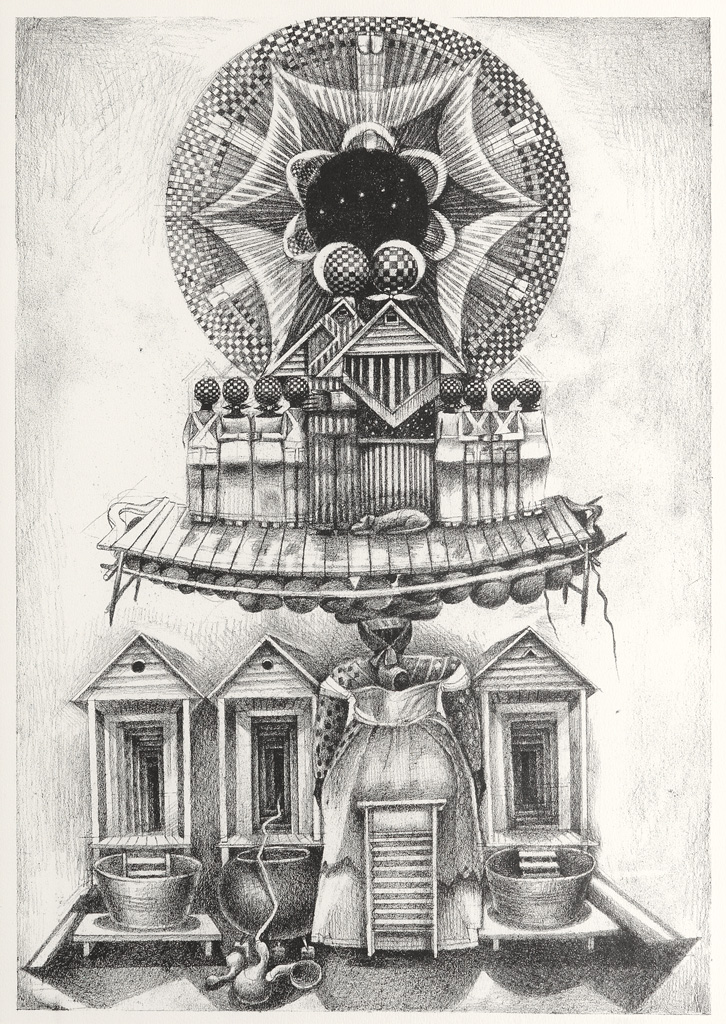If you’ve been a victim of domestic violence, stalking, harassment, or some other abuse, the courts can help provide you some protection from the perpetrator. The following are two options available, depending on your situation. A 50B refers to a Domestic Violence Protection Order, while a 50C refers to a Civil No Contact Order. Continue reading
Articles Posted in Learn
From Stamps to Coin: A Tribute to Maya Angelou
In Honor of Black History Month - by Carolyn J. Woodruff, JD, CPA, CVAShe was the girl from Stamps, Arkansas, long before she was from Winston Salem, North Carolina, where she died on May 28, 2014. Being featured on the first United States coin – a quarter – was in Maya’s future. The American Women Quarters Program is the program, and Maya is deservedly the first woman and the first black. This blog explores her early years that laid the foundation for her entrepreneurial spirit and the coin that reflects that entrepreneurial spirit.
Mediation Fashion, Accessories, Planning, and Food
By Carolyn Woodruff, JD, CPA, CVA
Here are some tips based upon frequently asked questions. There are two types of Mediation: in-person and Zoom (or other remote protocol). With Covid, we have had the advent of Zoom, Teams, and WebEx. So here goes:
Dress.
Dress to be comfortable but professional. You make an impression on the mediator, and while that should not affect your case – impressions are subtle and subliminal. Business casual is the preferred dress. There is no reason to recreate the wheel on what business casual means.
Please click here for examples from Indeed.com. While this goes a bit further than required for Mediation, I enjoyed this website. For the video mediation, look at this website.
Single Parents and Poverty – Will the American Rescue Plan Help?
By: Carolyn J. Woodruff, JD, CPA, CVAGreetings, Ask Carolyn readers. September is Hunger Awareness Month. Today’s blog explores the topic of single-parent poverty related to hunger issues and whether the American Rescue Plan will help reduce poverty. See the end of this blog for more information and links to resources.
Single parent poverty is a harsh reality that has a significant impact on families. Twenty-five percent of all families in America are single-parent households. Our country has more than three times the rate of single-parent households than others around the world. Looking deeper into the statistics shows that 80% of single-parent families are headed by the mother, with a poverty rate of 34%. (Chamie, 2021)
The United States Department of Agriculture surveys households annually to determine levels of food insecurity. In 2020, 10.5% of households experienced some food insecurity. When you factor in the rates for households headed by single parents, the rate is much higher at 27.7% for households headed by a single mom and 16.3% for households headed by a single dad. (USDA, n.d.)
Afghanistan: What I Worry About
By: Carolyn J. Woodruff, JD, CPA, CVA, Domestic Violence ActivistGreetings Ask Carolyn readers, as we prepare for Domestic Violence Awareness next month, I write to express concern for violence against women and children remaining in Afghanistan. I have researched the topic, and I share my references at the end of this blog. So many of the themes of domestic violence are recurrent: poverty, education, and the effect of prolonged conflict on children. Continue reading
Women’s History Month 2021: A Celebration
By: Carolyn J. Woodruff, JD, CPA, CVAWhen it comes to recognizing and remembering iconic women who have served in the Judicial branch, three names come to mind.
- NC Supreme Court Justice Susie Marshall Sharp
- Supreme Court Justice Sandra Day O’Connor
- And of course, Supreme Court Justice Ruth Bader Ginsburg
This year in honor of Women’s History Month, Woodruff Family Law Group published three blogs on these trail blazing Justices whose work was transformative in North Carolina and in the nation. Continue reading
Ruth Bader Ginsburg’s Collar Commentary
By: Hannah E. Smith, JDRuth Bader Ginsburg, the late iconic Supreme Court Justice, took the nation’s highest court’s dress from drab to fab with her unique collection of collars. “The standard robe is made for a man because it has a place for the shirt to show, and the tie,” Ginsburg told the Washington Post in 2009. As a result, she and Sandra Day O’Connor, as the first and second women to sit on the U.S. Supreme Court, thought it would be befitting to jazz up the robe in a womanly fashion. Ginsburg, who was 87 when she died on September 18, 2020, became known for subtly encoding meaning in the collars she chose to wear on any given occasion. Her collection began with an original lace jabot, which she frequently wore while on the bench from 1993 to 2008. However, over the years, her law clerks, colleagues, and other admirers helped her grow her collection with an impressive array of exquisite collars. Time Magazine was granted access to some of the late Justice’s favorite collars for a still-life series, which can be viewed here. A few of her most popular collars are described in detail below. Continue reading
Does One Vote Matter?
Part III of III
Never give up when you are right. On to the 66th Congress (1919-1921):
May 21, 1919: The House passed the 19th Amendment 304 to 89.
Does One Vote Matter?
Ideas: On the 19th Amendment: My Vote, My EqualityPart II of III
January 10, 1918: In 1918, the U.S. House of Representatives. voted 274 to 136, two-thirds only by one vote to pass the 19th Amendment. Remember Jeannette Rankin of Montana who, a year earlier, had become the first woman in the House of Representatives, implored: “How shall we answer their challenge, gentlemen: how shall we explain to them the meaning of democracy if the same Congress that voted for war to make the world safe for democracy refuses to give this small measure of democracy to women of our country?”
June 7, 1918, President Wilson answered the concerned letter of Mrs. Catts, one of approximately 30 she wrote to the President.
Does One Vote Matter?
Ideas: On the 19th Amendment: My Vote, My EqualityPart I of III: Background
Individual letters have moved history and votes. Before tweeting and social media, penned (or penciled) letters were an excellent persuasive tool. This blog is in three parts: Part I deals with Suffrage and background on the 19th Amendment to the U.S. Constitution. Part II considers a letter that moved Congress into action by moving a President of the United States. Part III deals with a penciled letter of a Mother to a Son, and that one letter sealed the deal on the 19th Amendment granting finally women the right to vote. Continue reading
 Ask Carolyn
Ask Carolyn













